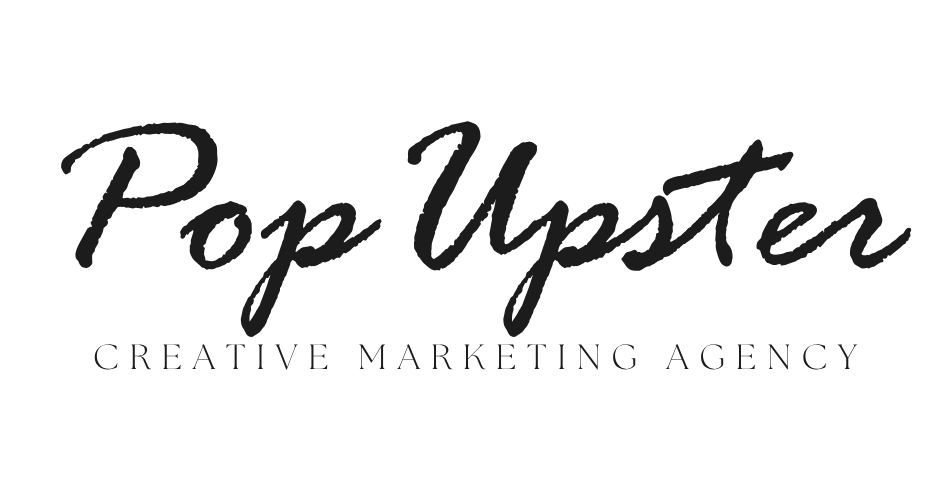In the rapidly evolving digital marketing landscape, paid advertising has become an essential strategy for businesses seeking targeted, measurable, and scalable growth. Pay-per-click (PPC) and media buying represent powerful techniques that enable organizations to reach precise audiences, drive conversions, and maximize return on investment. Whether you’re a startup looking to gain market visibility or an established enterprise aiming to optimize marketing spend, understanding the nuanced world of paid advertising is crucial for success in today’s competitive digital ecosystem.
Understanding Paid Advertising Fundamentals
Paid advertising represents a strategic approach to digital marketing where businesses pay to display promotional content across various online platforms. Unlike organic marketing efforts, PPC and media buying provide immediate visibility and precise audience targeting. Key platforms like Google Ads, Facebook Ads, LinkedIn Advertising, and programmatic networks offer sophisticated targeting options that allow marketers to reach specific demographics, interests, and behavioral segments.
Modern paid advertising strategies leverage advanced algorithms and machine learning to optimize campaign performance. Marketers can now track granular metrics such as click-through rates, conversion rates, cost per acquisition, and return on ad spend with unprecedented accuracy. This data-driven approach enables continuous refinement and improvement of advertising campaigns, ensuring maximum efficiency and effectiveness.
Developing a Strategic PPC Campaign
Creating a successful PPC campaign requires meticulous planning and strategic execution. Begin by conducting comprehensive keyword research to identify high-intent search terms relevant to your business objectives. Utilize tools like Google Keyword Planner, SEMrush, and Ahrefs to uncover valuable keyword opportunities with optimal search volume and competition levels. Develop compelling ad copy that speaks directly to your target audience’s pain points and desires, incorporating clear value propositions and strong calls-to-action.
Implement robust tracking mechanisms using conversion pixels and analytics integrations to measure campaign performance comprehensively. Segment your campaigns by audience demographics, device types, and geographic locations to maximize targeting precision. Continuously test multiple ad variations to identify the most effective messaging and visual elements that drive engagement and conversions.
Advanced Media Buying Techniques
Media buying extends beyond traditional PPC platforms, encompassing programmatic advertising, display networks, and sophisticated targeting strategies. Modern media buyers leverage real-time bidding technologies to purchase digital ad inventory across multiple channels simultaneously. By utilizing advanced audience segmentation and behavioral targeting, marketers can deliver highly personalized advertising experiences that resonate with specific consumer groups.
Implement cross-channel attribution models to understand the complex customer journey and optimize budget allocation across different advertising platforms. Utilize retargeting strategies to re-engage potential customers who have previously interacted with your brand, increasing the likelihood of conversion and maximizing marketing ROI.
Budget Management and Optimization
Effective budget management is critical in paid advertising success. Establish clear campaign objectives and allocate resources strategically across different platforms and audience segments. Implement automated bidding strategies that leverage machine learning algorithms to optimize spending and maximize performance. Monitor key performance indicators closely, including cost per click, conversion rates, and overall return on ad spend.
Develop a flexible budgeting approach that allows for rapid reallocation of resources based on real-time performance data. Utilize advanced analytics tools to identify high-performing audience segments and advertising channels, continuously refining your strategy to improve overall marketing efficiency.
Emerging Trends in Paid Advertising
The paid advertising landscape continues to evolve rapidly, driven by technological advancements and changing consumer behaviors. Artificial intelligence and machine learning are transforming targeting capabilities, enabling more sophisticated audience segmentation and predictive modeling. Emerging platforms like TikTok and connected TV advertising present new opportunities for innovative marketing strategies.
Privacy regulations and increased consumer awareness are reshaping targeting methodologies, requiring marketers to develop more transparent and consent-based advertising approaches. Stay informed about industry developments and be prepared to adapt your strategies to maintain competitive advantage in the dynamic digital marketing ecosystem.
Mastering paid advertising requires a comprehensive approach that combines strategic thinking, technical expertise, and continuous learning. By understanding fundamental principles, implementing advanced targeting techniques, and maintaining a data-driven mindset, businesses can unlock powerful growth opportunities through sophisticated digital advertising strategies. Embrace experimentation, remain adaptable, and consistently refine your approach to achieve sustainable marketing success in an increasingly complex digital landscape.



 by
by